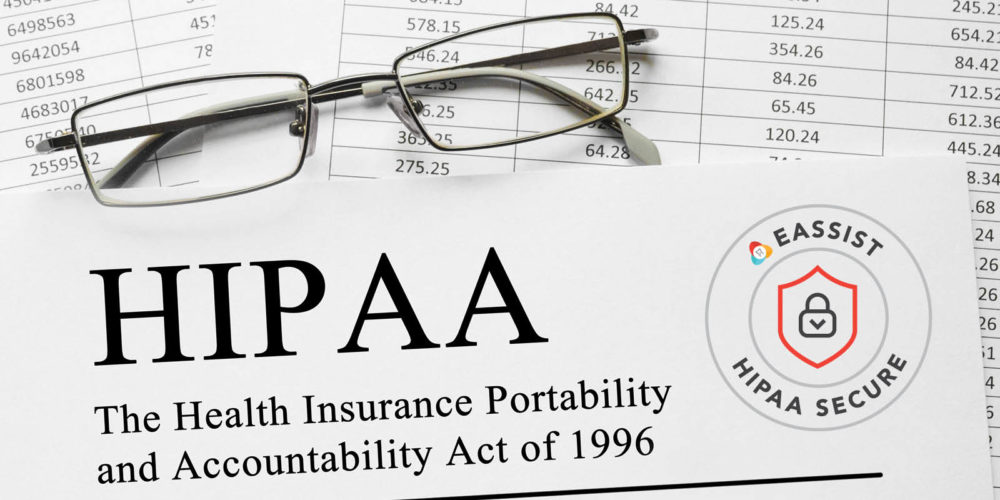Dentists Working With Other Medical Providers
Depending on their patient’s condition, dentists and medical doctors can work together on their patient’s treatment plan. By doing so, they can greatly improve the patient’s condition. Dentists should indicate that this collaboration occurred for medical insurance. Furthermore, they have to show the doctor, with whom they are working, that they can treat the patient and get medical coverage approved for the patient.
Dentists could send medical claims with codes that refer to their collaboration with other providers. For instance, the CDT code, D9311, refers to the dentist’s consultations with the patient’s medical doctors about “medical issues that may affect patient’s plan dental treatment” (Taxin 2016). In addition, the CDT code, D9992, refers to “[assisting] in a patient’s decision regarding the coordination of oral health care services across multiple providers, provider types, specialty areas of treatment, health care settings, health care organizations, and payment systems” (Taxin 2016). Both codes could be sent to medical insurance (Taxin 2016).
In addition to these codes, dentists must work with different doctors and show them that they can get benefits for their patients. For instance, dentists can send SOAP “(Subjective complaints, Objective exam findings, Assessment, and Plan)” reports and letters to the patient’s physician, if they have their “patient’s signed permission” (Nierman 2009). The physician would then know “about treatments underway for [their] mutual patient and provides coordinated care. An added benefit is that these reports provided to the physician help spread the word about [the dentists’] expertise and specialized services” (Nierman 2009). In another instance of coordinating care with other doctors, dentists that classify those at risk for obstructive sleep apnea (OSA) must “refer them to a knowledgeable sleep physician for a consultation and possible diagnosis” (Smith 2016). Dentists need the physician’s diagnosis before providing an oral appliance to the patient (Smith 2016). As both providers coordinate treatment for the patient, physicians may think that oral appliance therapy is too costly for the patient and medical insurance may not cover the therapy (Lipsey 2014). Even so, the dental practice should check whether the patient’s policy includes benefits for the therapy and needs any other requirements, such as preauthorization, before providing coverage (Lipsey 2014). After meeting the requirements, the practice should send claims with the correct codes and documentation to get coverage for their patient (Lipsey 2014). When the patient receives coverage and successful treatment, sleep physician could continue to work with the dentist and refer patients to the dental practice (Smith 2016).
Dentists can document their work with other doctors through the codes on the claims for medical insurance companies. While the companies may accept and require these codes, dentists still have to follow the steps necessary to obtain medical coverage for the patient. By doing so, they can obtain the patient’s physician’s trust to not only provide excellent treatment, but also get medical coverage approved for the patient.
Works Cited



0 Comments